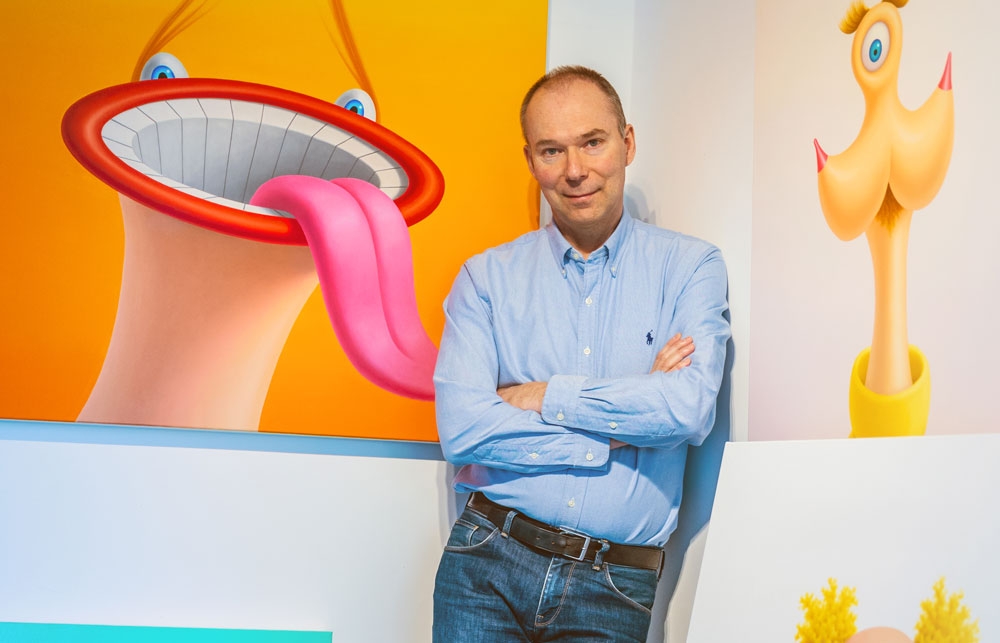Who was the last painter or painting that you saw that moved you in a way that influenced your work in the studio?
Oh, there is a lot, especially works with a strong and simple organization. In general, I like clear, articulated ideas that are easy to distinguish from one another. The more fundamental and simpler, the more enthusiastic I get about it. For instance, I love the way Mondrian gradually developed his style from landscapes and trees towards his minimal abstract compositions. In my works, I try to get a maximum expression with a minimum of elements. I also like to have a different sensation with every different work of art.
I look a lot at art. Inside every great image, some elements resonate in my mind, and some don’t. To distinguish that is a challenge for me. Normally you like something, or you don’t. But for me as an artist, I think it’s necessary to analyze it and understand more precisely which element speaks to you and which doesn’t. I believe that everybody has a complex inner chord that resonates with the impressions of the world around us and awakens us to become creative. This is an ongoing process. I think that this chord is our personal creative source.
When René Magritte saw the works of Giorgio de Chirico, he had to cry and knew what he had to do. There were elements in this work that set him on the road for his own style. I think one needs to start somewhere. No one can create out of a vacuum. In the beginning, to a certain extent, you may need to imitate what you like and see in order to get familiar with technique, materials, etc. Afterwards, you can shake off all the things that don’t belong to you in order to release your own voice and grow in authenticity. But to answer your question more specifically, the colorful works by David Hockney have been very stimulating lately.















